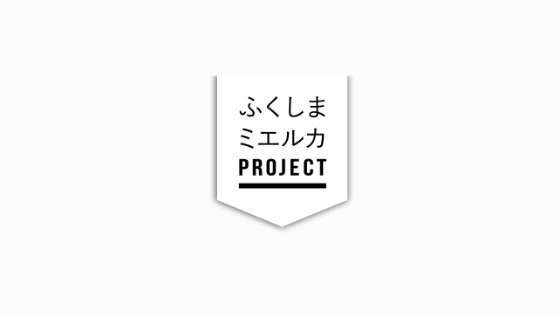Since the Fukushima Daiichi nuclear accident, various groups have been offering children places to rest and recuperate in areas where they are safer from radioactive contamination. As they live day to day in a situation of rumors and myths about radiation safety, many people are still concerned about living with radiation pollution, so there is still a significant need for opportunities like this, even eight years after the accident.
Actual situation in Japan
A number of recreational programs have been implemented by citizens’ organizations since the nuclear accident. “Refresh Support” and the 311 Ukeire Zenkoku Kyogikai (311 Japan Nuclear Disaster Aid Association) surveyed 234 groups providing recuperation/recreation opportunities nationwide, and here are their main findings:1
- 69% of the groups offering retreat programs are volunteer organizations. 71% of their revenues were by donation. However, donations are declining year by year.
- The average number of participants per retreat program was 27.2 and the average length of stay was 5.3 days. A total of 107 groups received over 9,000 people. The average hosting cost was 70,391 yen per person per stay, including direct and indirect expenses.
- The main problems facing host groups were “insufficient funds for activities,” followed by “shortage of staff.”
The fiscal 2013 budget was 330 million yen for the “Support Program for Encouraging Nature Experiences and Exchange Activities for Fukushima Children,” which was included in the basic policy of the “Act on Assistance for Children and Nuclear Disaster Victims.” But this was reduced to 170 million yen in fiscal 2017. In addition, the program has high hurdles for application requirements, such as a minimum of 6 nights and 7 days, as well as being a group from Fukushima Prefecture. Less than 3% of the program funds went to groups outside the prefecture.
Comparison with Chernobyl
More than thirty years have passed since the Chernobyl accident, but up to the age of 18 years, children from the contaminated areas of Belarus and Ukraine still have the right to participate in a three-week retreat. It has been reported that in 2010, 100,000 of 150,000 eligible children in Belarus, participated in the retreats, while 50,000 of 150,000 eligible children in the Ukraine participated.
In Ukraine the retreats are implemented as a national policy, and experts and young university graduates in education are hired to take care of children. A governmental “retreat agency” serves as a public entity that conducts needs-assessment surveys in different regions to identify retreat facility needs, then decides on program details and numbers of people, and manages the bidding process for services. In contrast, in Japan the system is based on citizen groups operating on a shoestring budget.
The need to provide healthy retreats as a national policy
The national and prefectural governments are encouraging evacuees to return. Many people have no choice but to return to their home towns despite having many concerns about their own safety. FoE Japan receives many inquiries about the retreat program. We also receive requests from mothers of young children and from other residents who were not able to evacuate but have already experienced a recuperative retreat and would like to continue. Meanwhile, many groups that were offering retreat programs have been forced to shrink or close due to growing financial and personnel strain. All of this points to a growing need for the government to make recuperation retreat programs part of a national policy as a concrete measure to reduce radiation exposure.
- Report by the two groups indicated, entitled “Report of survey of status of recuperation after the nuclear accident” (July 2016). The survey was conducted 1-Nov-2014 to 31-Oct-2015.

